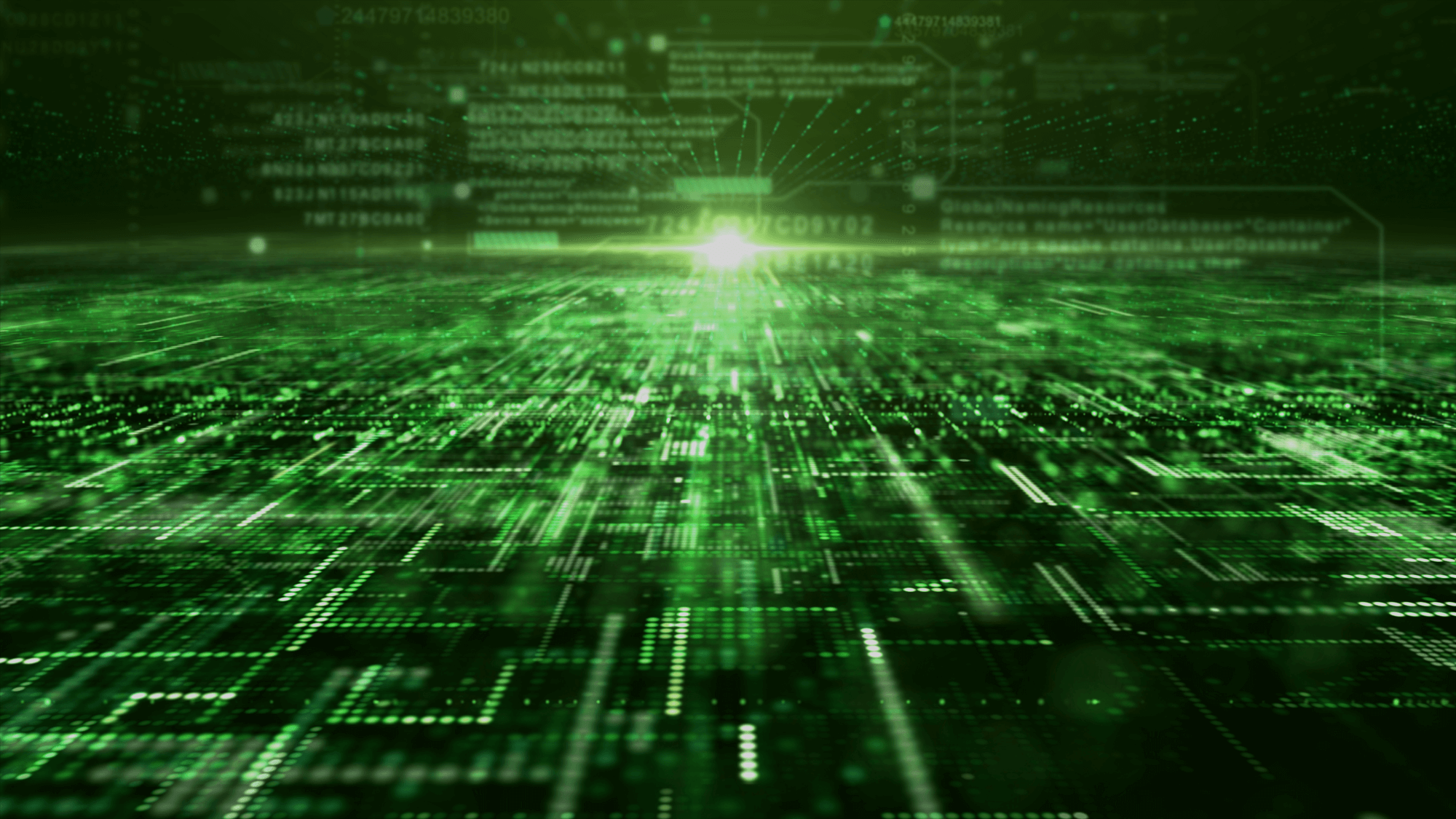
Keep your business on pace with new technologies — and ahead of evolving threats. This is where Magna5’s leaders share critical industry updates.

Magna5 provides comprehensive support and protection for crucial IT operations. We leverage our local expertise and national support to ensure our clients’ total peace of mind. From IT Managed Services, to Cloud Services and Cybersecurity, we strive to be the industry’s most trusted IT partner, enabling businesses to succeed with confidence.
© 2024 Magna5. All rights reserved.
